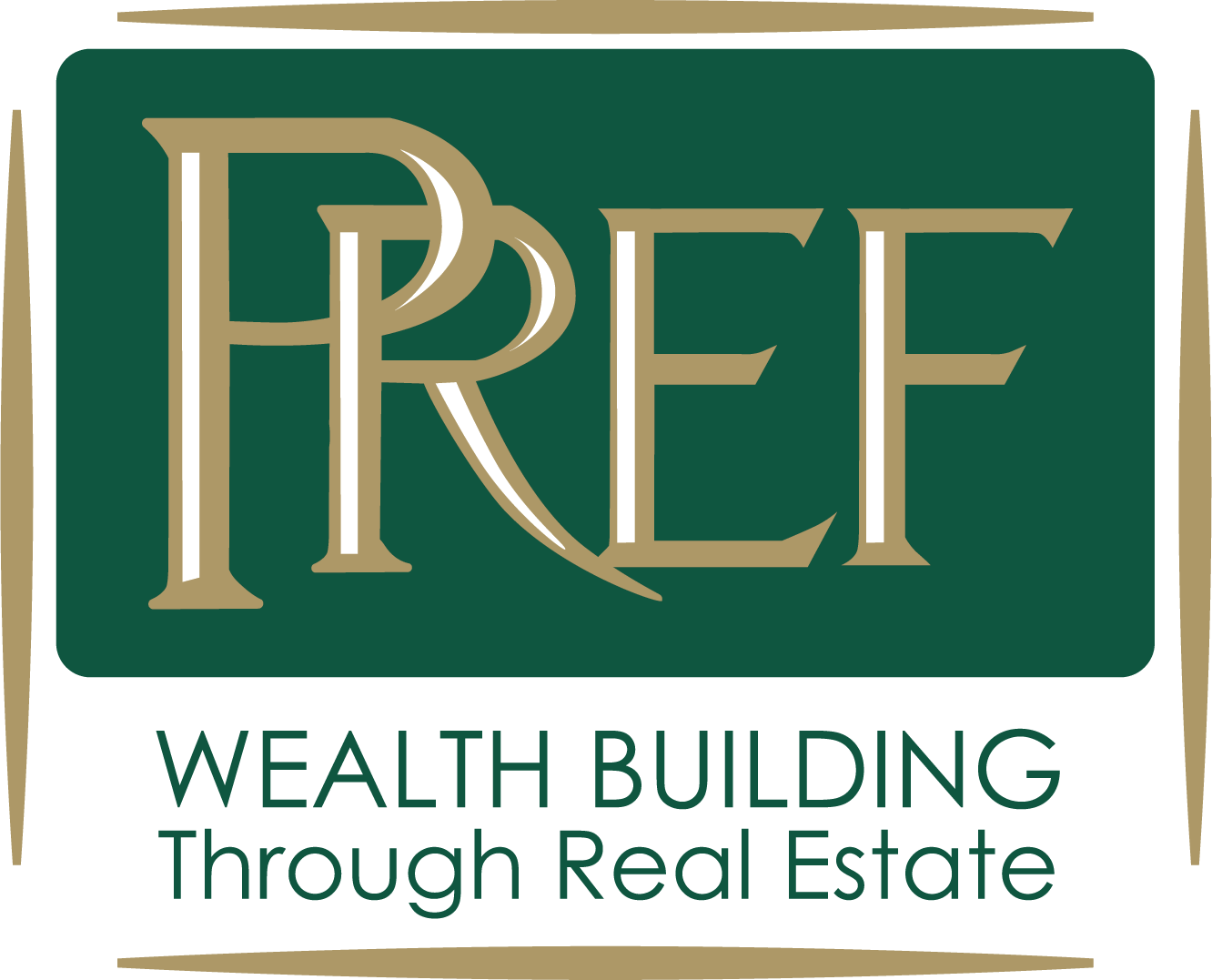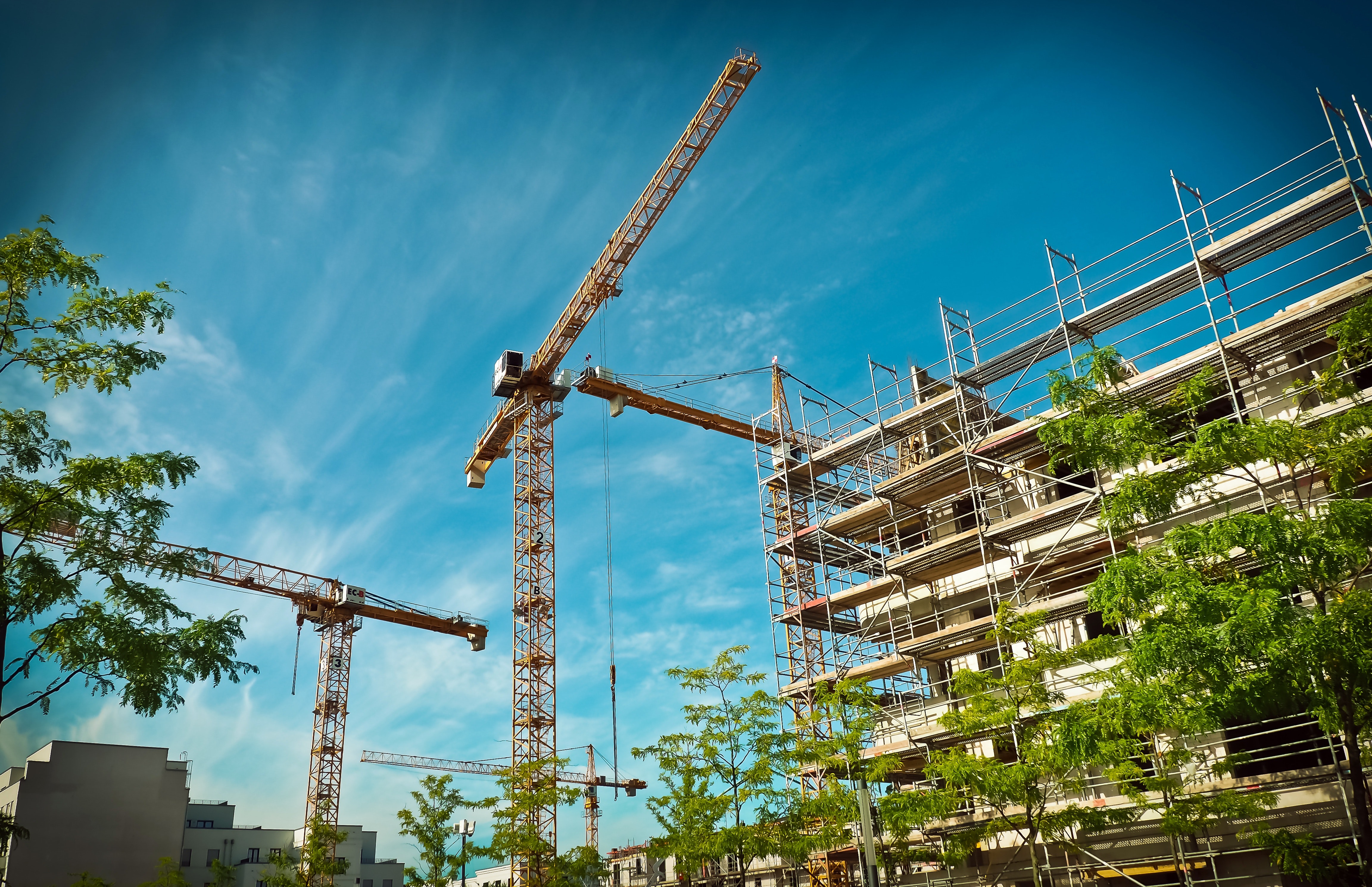Development Market Phase: How Long Will It Last?
The business cycle is “long in the tooth,” and the real estate cycle is also very, very mature.
Last year, in Timing the Real Estate Cycle, I focused on real estate cycle phases, which included Recession, Distressed Selling, Value Creation (Stage 1 + Stage 2), Mature Investment Market, Development Market and Overdevelopment + Bust.
Right now, we are in the Development Market phase. Here’s how I previously described it; see if it rings true.
Rents and values are up. Vacancies are down. New construction accelerates. Investors…are flush with cash. Lenders are aggressive. Values of existing properties are peaking. There is simply more capital chasing deals than there are opportunities. The downside risk is increasing. The “nothing can go wrong” mentality is taking over. New project announcements are appearing almost daily.
Development Market Phase: Alive and Well
Here’s what I see now:
- Transaction volume on the sale/investment side of business has become really slow. With low interest rates and an abundance of yield seeking capital, properties are just too expensive. Unleveraged yields are in the 5-7% range, and anybody who thinks there is potential value upside is unrealistic. It’s just not possible in the current market, resulting in significant buyer hesitation and less transaction volume.
- Institutions and funds are buying because they must place their money. A recent Wall Street Journal article reports, “Funds with fixed lifespans generally promise investors they will spend the money they commit within three to five years. But as of last June, closed-end real-estate vehicles launched in 2013 and 2014 still held $24.8 billion in dry powder, capital committed by investors that has yet to be spent.” This usually results in diminished discipline and deviation from core investment principles.
- Developers are investing with other developers because they cannot place their own money, providing bridge financing or mezzanine debt. Basically, they invest with other developers who need equity versus doing their own development.
- Nontraditional lenders are entering the market as mainstream lenders since banks now deal with greater regulations and exercise more caution to avoid repeating past mistakes. This usually results in poorly-conceived, not financially viable projects.
- Spec buildings (particularly industrial) are being feverishly purchased prior to completion and lease up. I can’t think of anything riskier.
- Minus multi-family, developers have been slow to accelerate new building activity. While positive, this slow development pace seems ready to jump into high gear. This acceleration always comes at the end of the business cycle and usually results in an oversupply of space.
What Will End the Bull Real Estate Market?
As I like to say, “you never see the lighting bolt that hits you.” But usually it is something that dries up the capital—and it can be unrelated to real estate. Lenders and equity partners get skittish. One thing leads to another and then snowballs. Will it be tariffs, a WeWork collapse or a major bankruptcy? Who knows? History teaches us that it is not a slow burn but rather a spark in dry brush. Before you know it, you have a forest fire.
What’s a Conservative Investor to Do?
There are good investment opportunities in every market. Investors have a wide range of needs, and there are always motivated sellers. In today’s market, there are fewer opportunities, so this requires exceptional discipline and patience—not easy when safe harbor investments are yielding almost nothing.
Here’s my advice:
- Take it slowly
- Do your research
- Get good independent advice
- Know the sponsor (developer)
- Never fall for the hype
Do you think we are in the Development Market phase? What’s next? When will it happen?



